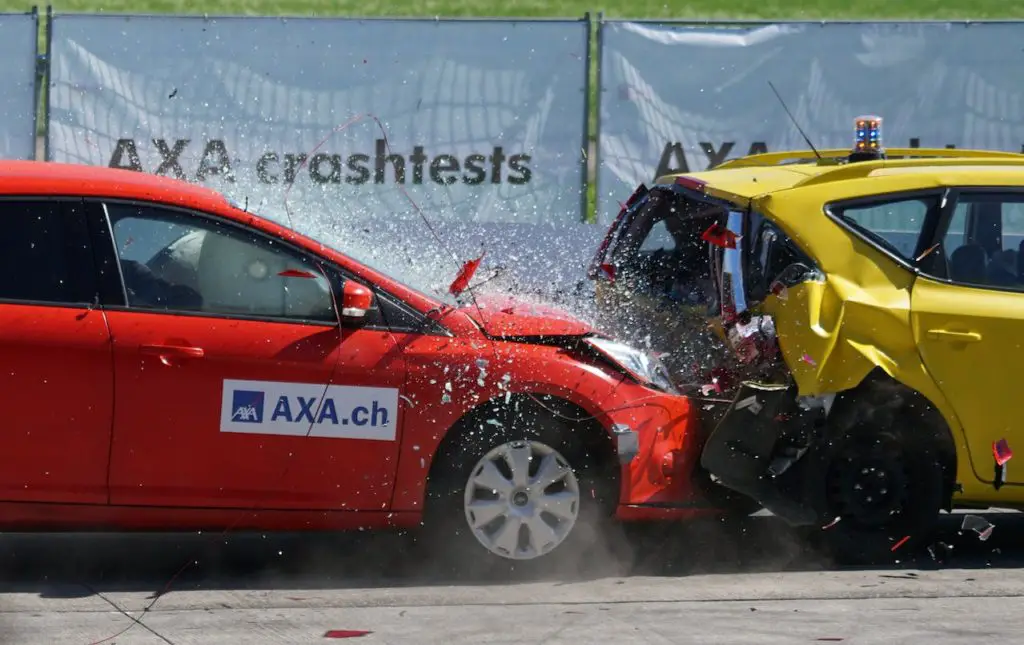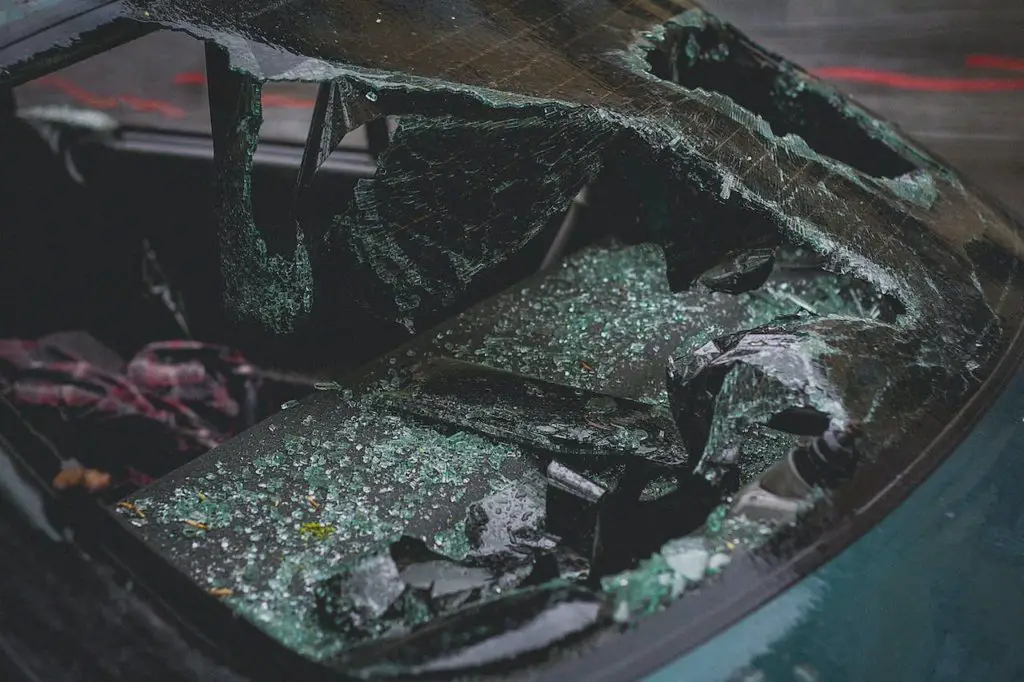In collisions, the best way to determine who’s liable is to check who’s mostly at fault for the crash. This includes checking who’s out of their lane, didn’t yield to oncoming traffic, and more. However, liability may not always be as it appears at first glance.
Attorney Ugo Lord further explains this liability by reacting to a controversial viral video of a t-bone collision. The viral video begins with a truck crossing an intersection but temporarily blocking the path of the POV car.
Instantly, the POV car blared its horn, hoping the truck would speed off the intersection, but unfortunately, the driver struck the trailer in a T-bone accident.
The video went viral because many criticized both vehicles, as the truck failed to yield to oncoming traffic, while the POV driver hit the horn instead of the brakes.
Who is liable in this situation?
Attorney Ugo Lord explained that the semi-truck turned into the POV car, which had the right of way in traffic. He further explained that “if you’re going 55 miles per hour, it would take 6 seconds to completely brake, and this car still ran into that semi at a great deal of speed”.
In other words, if they hit the brakes a second earlier, it may or may not impact the crash. However, Dr. Lord reveals that “… It doesn’t matter! Because the ‘last clear chance doctrine’ has to be clear”.
He explains that if you need expert testimony on braking distance to judge stopping distance, it’s no longer the last CLEAR chance. Therefore, according to attorney Ugo Lord, the semi is mostly liable for the damages to the POV vehicle in this collision.
What is the Last Clear Chance doctrine?

The last clear chance doctrine is a rule that applies in cases involving negligence, where both parties involved contribute to the accident. However, this rule assesses the accident and takes into consideration the person with the last clear opportunity to avoid an accident. The negligent party can use the other party’s clear failure to act as a defense to dramatically reduce their liability.
For example, if you are crossing the street when the crosswalk light is red and a car is driving toward you, then you are the negligent party at fault. However, if the driver can clearly stop or safely swerve to avoid hitting you, then the driver has the last clear chance to prevent the accident. Consequently, when applying this affirmative defense, you (the negligent party) may receive compensation for your damages.
This rule was created as an affirmative defense to negligence claims. It can prevent plaintiffs from suing defendants who are also liable for the accident due to their failure to act.
How does this apply to the video of the semi-truck and the POV car?
According to Dr. Lord, while the semi negligently crossed the road, the collision was partly due to the late brake application of the POV car. However, hitting the brakes 1.1 seconds sooner may not be enough to stop the accident at that speed as the distance was too short, making the collision inevitable.
Therefore, if the POV driver files a lawsuit, the semi-truck will likely be required to compensate the POV driver, despite the late braking.
While Ugo Lord has given his expert opinion on the viral video, his comment section thinks otherwise.
One YouTube user comments, “POV vehicle should have applied the brakes as soon as [he] noticed an obstruction… “. Another user comments,” The accident was 10000% avoidable if the driver had a smidge of defensive driving capability”.
Others agreed with these comments, with one replying, “I agree. The car to his left had plenty of time to stop and was in the same situation as the POV car”.
Someone also mentioned that the POV car had “… 3 business days to apply the brakes”.
For now, there’s no further information on whether the court found the POV car or semi-truck liable for the accident. Nevertheless, Ugo Lord is confident that the blame will likely land on the truck as the last clear chance to avoid the accident was not clear enough.
Author: Susan Murphy | Editor: Ugo Lord

